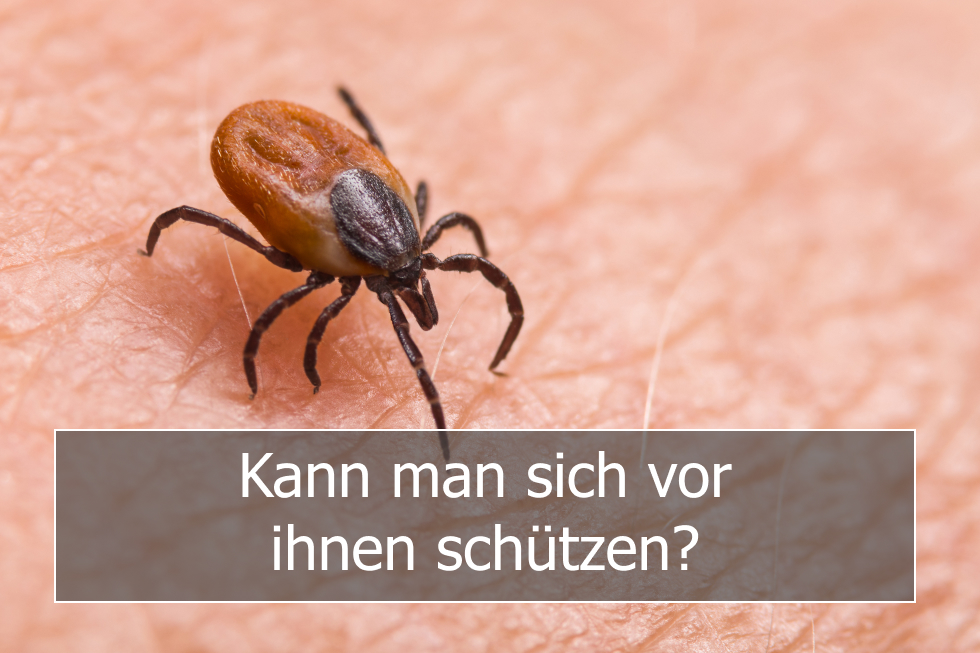Ticks are carriers of pathogens in humans and animals. They are parasites that feed on the host’s blood. They carry a greater variety of infectious organisms than all other blood-sucking arthropods. Most tick bites are painless and cause only minor symptoms, but some can cause serious health problems. If the diseases caused by tick bites are not treated, they can have serious consequences.

What are ticks and what do they look like?
Ticks are tiny arachnids that need blood meals to complete their complex life cycle. Their size can range from as small as the head of a pencil to as large as an eraser. Ticks look different at every stage of their life cycle. They start life as an egg. They then hatch as a six-legged larva, from which an eight-legged nymph grows, and finally as an adult form. In each of these phases, they undergo the shedding process, a process in which they peel off their outer skin.
There are two groups of ticks, sometimes referred to as hard and soft ticks. Hard ticks have a shield or a hard plate on the back, soft ticks do not. Depending on the type, they can be brown to reddish brown and black. If more blood is taken, it will continue to grow. After a few days of feeding with the host, the tick can turn greenish-blue.
Where do you find ticks?
Ticks live in wooded or grassy areas throughout the country. They reach their highest population in the spring and summer months, usually from April to September. They find a host by perceiving body heat, moisture and vibration. They also select a place to wait and identify commonly used paths. They hold on to leaves and grass on the third and fourth pair of legs. They have stretched out the first pair of legs and are waiting for the host to show up. Then they fall quickly on the body. It should be remembered that ticks cannot fly or jump.
They prefer warm, moist areas of the body. When a tick encounters a host, it likely moves into the armpits, groin, or hair. Some attach quickly, while others look for areas like the ear or others where the skin is thinner. As soon as they reach the desired location, they bite into the skin and begin to draw blood. They usually stick to the body after biting.
What are the symptoms after a tick bite?
Tick bites are usually harmless and cause no symptoms. However, some ticks transmit diseases during foraging. They can cause a variety of symptoms and usually develop days to weeks after the bite. It appears most frequently:
- Pain or swelling at the site of the bite
- Rash
- Baking
- Blowing
- Numbness of the neck
- Headache
- Nausea
- Weakness
- Pain in muscles and joints
- Fever
- Enlargement of the lymph nodes
A small red bump, similar to a mosquito bite, often occurs at the site of the tick bite or tick removal and clears up after a few days. This is normal and does not indicate an illness. Only a few bites lead to Lyme disease. The longer the tick adheres to the skin, the greater the risk of developing the disease. Symptoms of Lyme disease include
- Rash / Erythema migrans – 3 to 30 days after stinging by an infected tick, a widening red area can occur, which sometimes disappears inside. It expands slowly and can reach a size of up to 30 cm. It usually doesn’t cause itching or pain, but can feel warm
- Rash may be accompanied by fever, chills, fatigue, body pain, headache, neck stiffness and swollen glands
- Seizures of severe joint pain and swelling can spread from one joint to another
- Meningitis – Weeks, months, or even years after infection, the membranes surrounding the brain can become inflamed
If you have been bitten and you have any signs of Lyme disease, contact your doctor. Treatment of Lyme disease is more effective when started early. Consult a doctor even if the symptoms improve – no symptoms do not mean that the disease has subsided.
How do I remove a tick?
If you see a tick on your skin, remove it immediately. The following steps can help you remove the tick quickly and carefully:
- Handle the tick as close to the skin as possible with clean tweezers with a fine tip.
- Pull up slowly while keeping the pressure constant, taking care not to squeeze the tick. Do not twist or tear the tick!
- After removal, it should be disposed of by placing it in alcohol, in a closed bag / container or by flushing the toilet.
- Check the bite site to see if you have left any part of the tick’s head. If so, delete it.
- Clean the bite point and hands thoroughly with alcohol or water and soap.
- You don’t have to do anything else unless you’re uncomfortable.
How to prevent tick-borne diseases?
To reduce the risk of being bitten:
- Cover your skin when you’re out in the fresh air and tuck your pants into your socks
- Use insect repellent on clothing and skin
- Wear bright clothing to make ticks easier to find
- Shower as soon as possible after you’ve been outside
- Check the skin again if you are in areas prone to ticks
